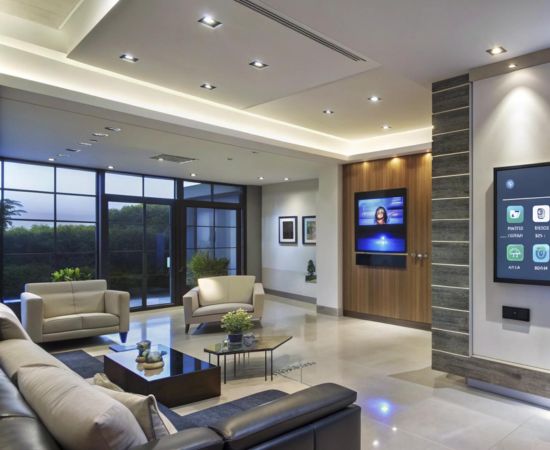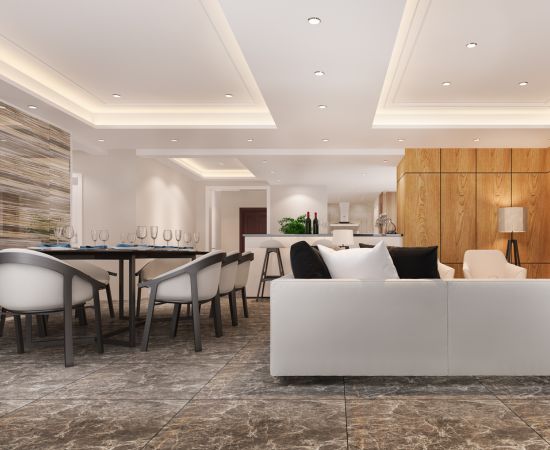Smart Interior Excellence

Space Optimization
Space planning is a fundamental aspect of interior design that involves optimising the use of available space in a room. It involves creating a functional layout that enhances the flow of movement and makes the most of the available area. Effective space planning is crucial to ensure that an interior space is both aesthetically pleasing and functional.

Sustainable Design
Sustainable interior design focuses on creating spaces that minimize environmental impact while enhancing functionality and aesthetics. By incorporating renewable, non toxic, and energy efficient materials, sustainable interiors help reduce waste, conserve resources, and create healthier living environments.

Technology Integration
In the modern age, technology has become an integral part of our daily lives. From smartphones to smart homes, technology is changing the way we live. And when it comes to interior design, technology is playing an increasingly important role in the creative process. where technology is seamlessly integrated into the design of the space.


